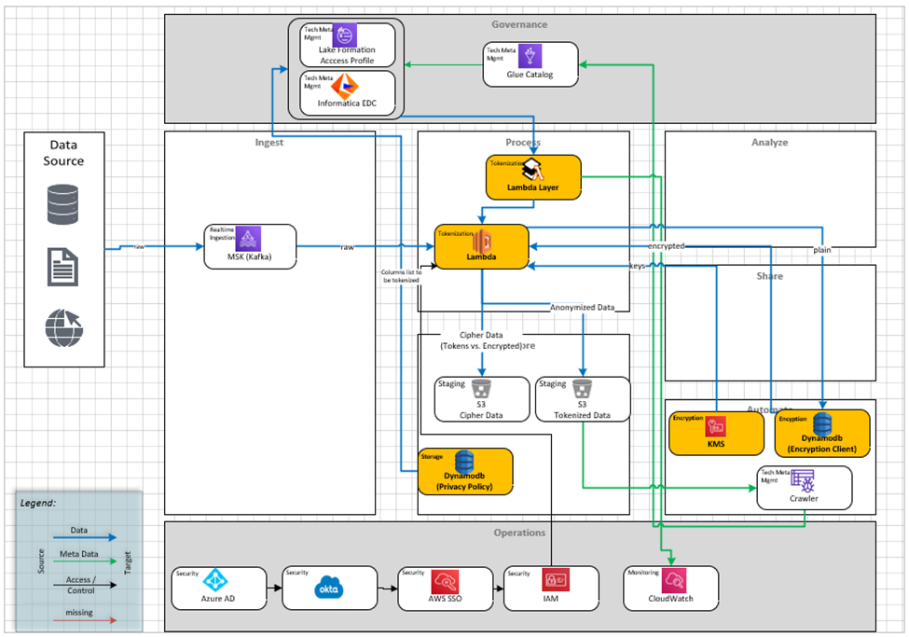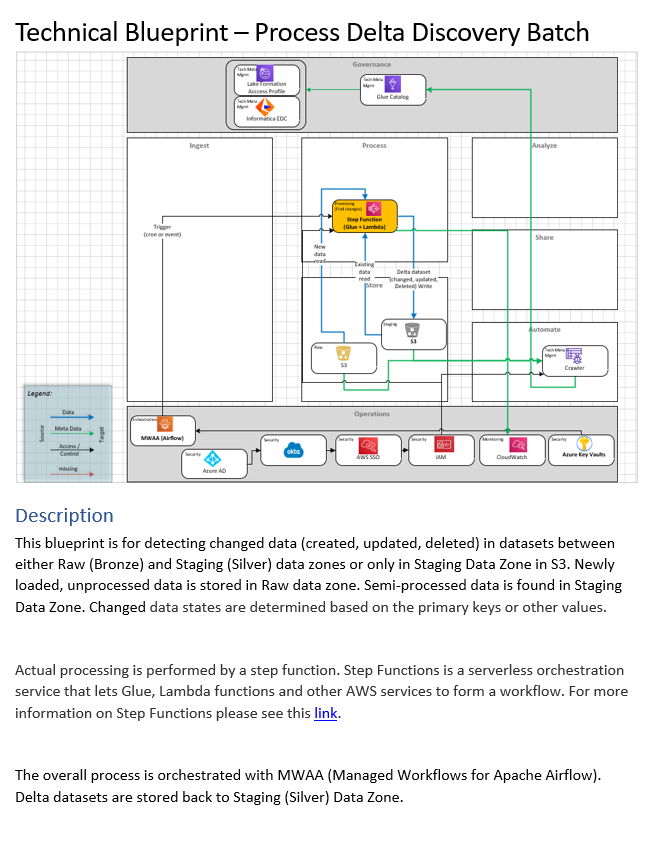Automating the design of well-architected cloud architectures for a Global Insurance Provider
Mar 28,2023
Industry: Insurance
Introduction:
One of Europe’s largest Insurance Providers wanted to enable its dozens of business units’ by creating a Self-Service Cloud Migrations Platform to choose the most suitable cloud technologies to implement a solution. This platform intends to cut down the time and labor needed to come up with an initial design blueprint and aid following best practices.
Challenges
Rapid business growth led to major growth in demand for cloud services. The process for architecting cloud applications was taking too long. Combined with the fact that different business units have different needs in terms of data size, ingestion types, processing requirements and even regional preferences. Keeping up with business growth while efficiently and effectively delivering technology services was the key challenge that was addressed.
Technology Solutions:
Project deliverables consisted of:
- a blueprints decision tree that helps the end users to find the best blueprint that meets the specific requirements
- 34 different blueprints that contain the architecture diagrams as well as necessary documentation that describes the components on each blueprint and how they work together to form a solution.
- Each blueprint has been divided to different sections for an overview, cataloging, governance, security, encryption, networking compliance, logging, monitoring and alerting.
Implementation Strategy
Project has been closely monitored by AWS due to its strategic value. After collecting business requirements, a two-stage approach has been implemented. In the first phase a blueprint diagram has been created and shared with the customer. Upon collecting customer’s feedback a detailed document has been created on the blueprint that provides further descriptions.
After creating all blueprints, a secondary analysis has been done in order to identify the different sets of criteria that will help match the necessary blueprints to actual business needs. After completing this work, the client has also created a web application that asks the end user about the parameters and finally suggests the most suitable blueprint for the use case.
Results & Impact:
- The blueprints and the respective decision tree are expected to increase business productivity significantly as they help the end users to find the best solution and start the necessary conversations in minutes.
- Blueprints help with the Standardization of Infrastructure and Deployment code.
- Blueprints help with efficient use of valuable IT personnel since they only need to be involved in later phases where detailed design starts.
- Blueprints have been designed to mitigate projects risks and they follow Cloud Best Practices
- Blueprints help with democratization of Cloud Know-How. They are provided to everyone with a need in the most relevant and easy-to-understand format.
Lessons Learned:
- Automation at scale requires deep partnerships across organizations and across business and technology focused teams
- Capturing the implicit knowledge in organizations, and codifying it into a tool can free key resources, and accelerate the delivery of value to stakeholders
- The consumerization of cloud services leads to better customer experiences and business outcomes



Conclusion:
The line between business and technology is constantly getting blurrier. To engage at the strategic level as we did with this customer required a deep understanding of their business environment, organizational landscape, coupled with the technology roadmaps of cloud providers and key vendors. Integrating all of these different aspects of the solution led to a business outcome that the customer was happy with, and better relationships not only with the customer, but also across the business units, as they felt as if they were valued as their inputs led to the creation of this organizational and technical capability.




